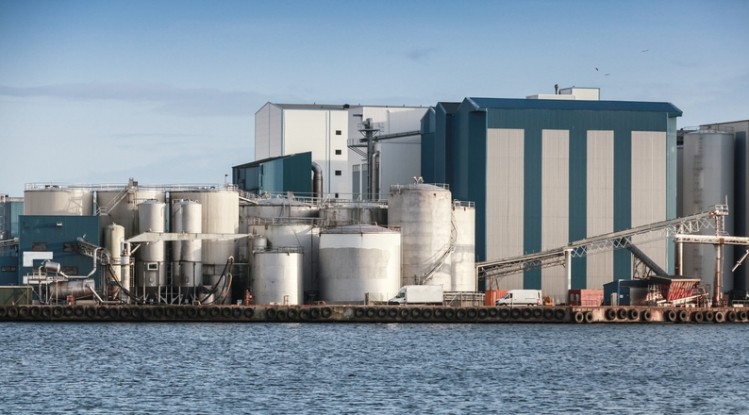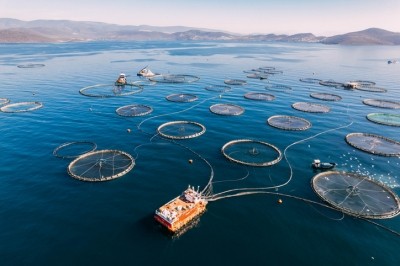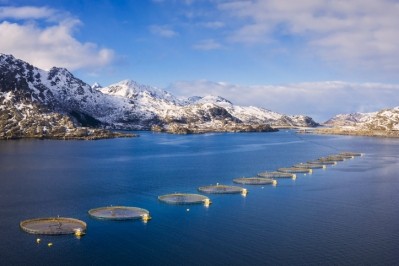China’s declining fishmeal imports

While the rate of fishmeal offtakes from ports is beginning to accelerate now, it was lower in the first quarter of 2022, compared with the same period the year prior, reported the IFFO.
The marine ingredients organization reckons that, among the reasons for such a decrease, are earlier procurement from feed mills at the end of 2021, along with logistical challenges and sanitary prevention measures against COVID-19 at ports in China.
The IFFO's outlooks tend to have a heightened focus on the Chinese market as the country is the biggest market for marine ingredients globally.
In its latest update, it said that, amid severe disruptions due to COVID-19 linked restrictions, domestic fishmeal and fish oil production in China remains subdued. In May, the new fishing moratorium will be imposed across the Chinese coastline, with the country’s fishing fleet only allowed to target wild fisheries again in September 2022.
A likely trend in China, as well, is increased fishmeal and fish oil output from by-products, according to the organization. “China is increasing domestic processing of snakehead and channel catfish, which generally provide good sources of by-products.”
Aquaculture production usually gets going in April in the Asian country but is being hindered by COVID-19 associated disruptions both in terms of logistics and consumption. Chinese aquafeed production increased in the first two months of 2022 year on year, found the report.
The Chinese pig sector, traditionally a big consumer of marine ingredients, continues to suffer from over-capacity, said the IFFO. “Pig feed output [in China] is growing at a modest rate following a bearish pig market.”
Overall fishmeal and fish oil market trends
Looking to more global trends, the IFFO sees that, during the first two months of 2022, total cumulative production of fishmeal in producer countries was down year on year by 11%, while production of fish oil was higher by 12%.
“This is mainly due to fewer catches in Peru’s North-Central fishing grounds in the first quarter of 2022, while the higher capelin catches in Iceland have pushed up fish oil output,” explained Dr Enrico Bachis, market research director, at the IFFO.
The producer countries evaluated in IFFO’s reports make up 50% of global fishmeal and fish oil production. The organization said the data is representative of global trends in relation to those raw materials.
The Northern European countries, US, and India saw a hike in their cumulative fishmeal output in January and February. “Similarly, in terms of fish oil, North European countries, US and Spain managed to report a higher cumulative production in 2022 with respect to the same period in 2021.”












